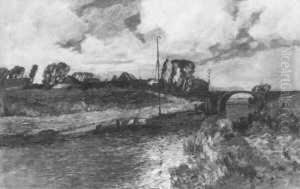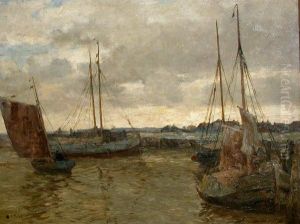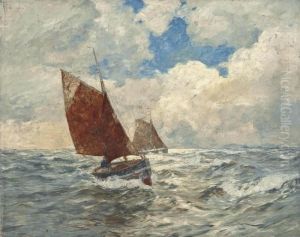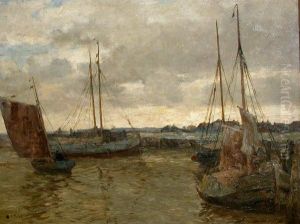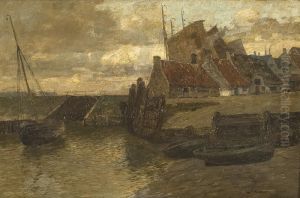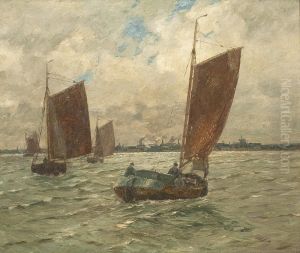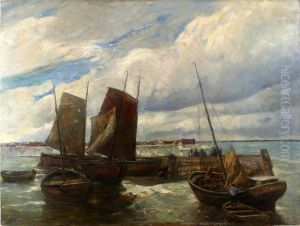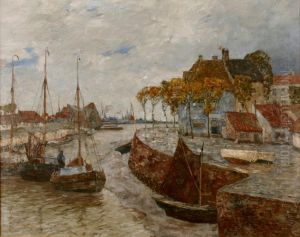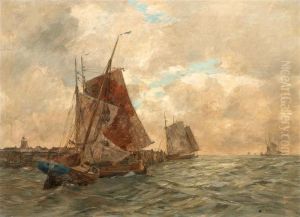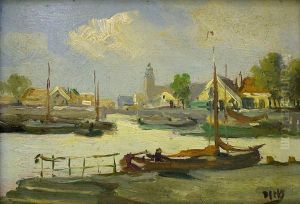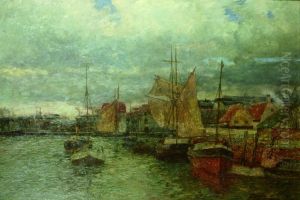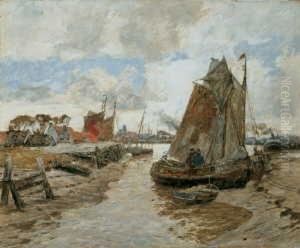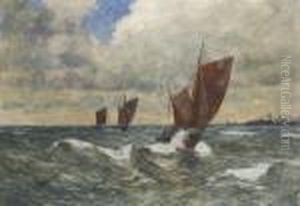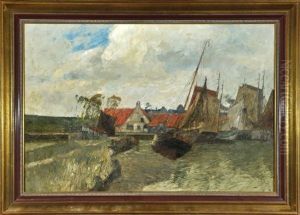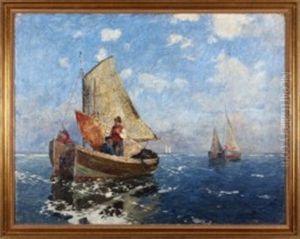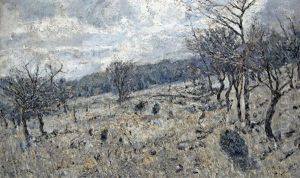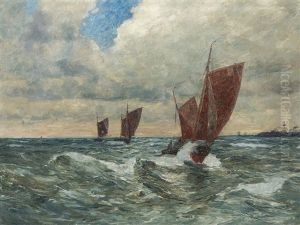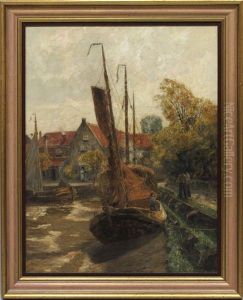Andreas Dirks Paintings
Andreas Dirks was a German painter, born in 1865 in Wyk auf Föhr, Schleswig-Holstein, and died in 1922. He is primarily known for his marine and coastal scenes, capturing the unique interplay of light and water with a particular focus on the North Sea. Dirks was a part of the German Impressionist movement, though his work also exhibits elements of Realism, reflecting a keen observation of nature and a delicate sensitivity to atmospheric changes.
Dirks received his artistic training at the Kunstakademie Düsseldorf, where he studied under notable painters such as Eugen Dücker, a landscape painter who greatly influenced his early work. Throughout his career, Dirks developed a distinctive style characterized by a vibrant palette and dynamic brushwork, which set him apart from his contemporaries.
His paintings often depicted the harsh life and labor of fishermen and sea workers, imbuing his work with a sense of narrative and emotional depth. This thematic focus not only highlighted his empathy and respect for the working class but also demonstrated his ability to capture the ever-changing moods of the sea and sky. Dirks participated in numerous exhibitions throughout Germany and gained considerable recognition during his lifetime.
Despite his success, Andreas Dirks remained deeply connected to his North German roots, and his artwork continued to reflect the landscapes and seascapes of his childhood. His legacy lives on through his contributions to German Impressionism and his masterful depictions of maritime life. Today, his works are held in various collections and museums, appreciated for their technical skill and emotive power.
